If you want to elevate your culinary skills and impress your guests, understanding how to cook with enameled cast iron skillet is essential. This versatile cooking tool has become a staple in many professional kitchens due to its excellent heat retention, even cooking, and aesthetic appeal. In this comprehensive guide, we will cover everything from selecting the right skillet to mastering various techniques, ensuring your dishes come out perfectly every time.
The unique properties of an enameled cast iron skillet allow for a wide range of cooking applicationsfrom frying and sauting to braising and baking. Notably, the enameled surface eliminates the need for seasoning, making it less daunting for those new to cast iron cooking. So whether youre preparing a sumptuous stew or a quick breakfast, this guide on how to cook with enameled cast iron skillet will set you on the right track.
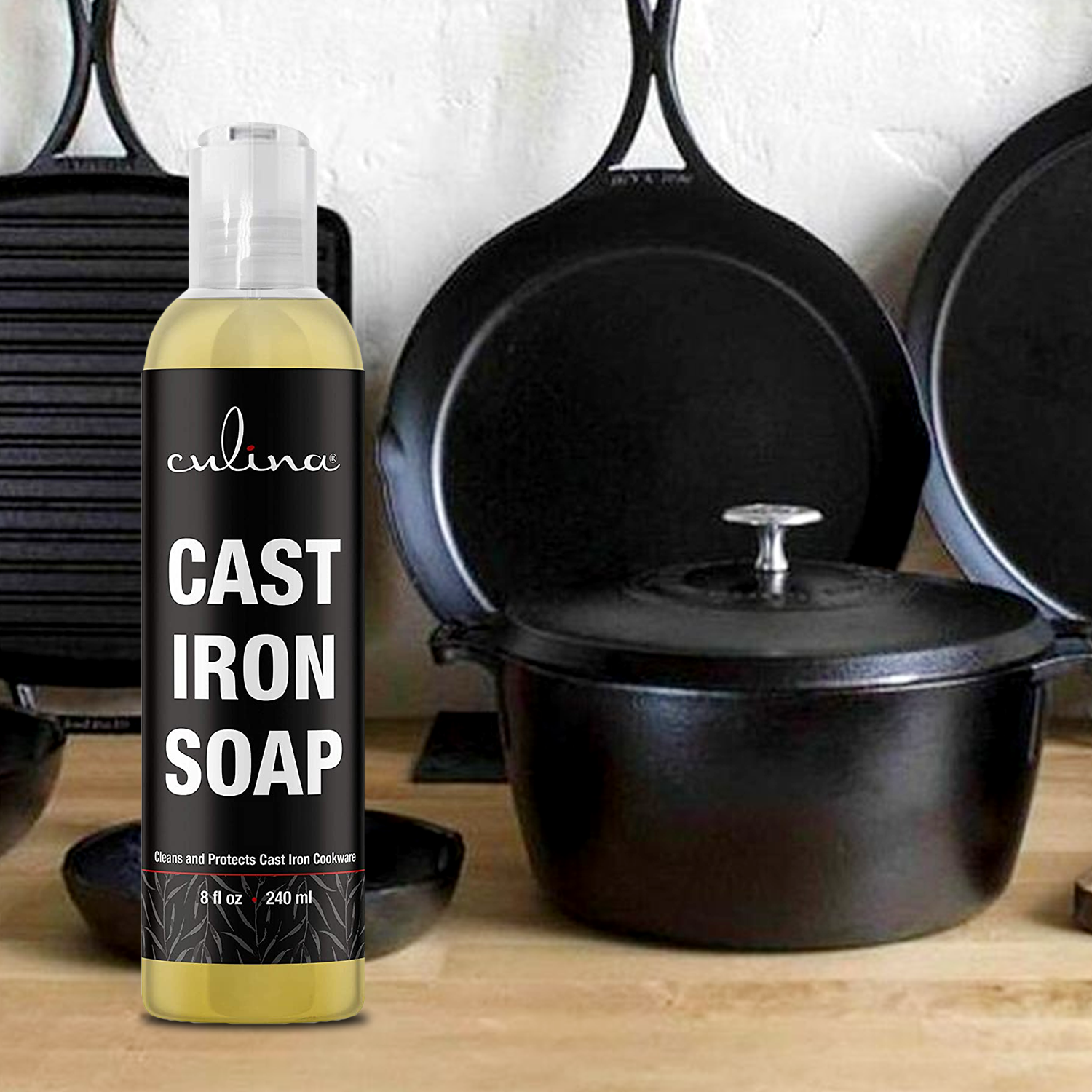
Choosing the Right Enameled Cast Iron Skillet
Selecting the correct skillet is crucial for optimal cooking. Here are some factors to consider:
- Size: Choose a size that aligns with your typical cooking portions, ranging from 5-quart skillets for family meals to 10-inch skillets for less demanding tasks.
- Weight: Heavier skillets can retain heat longer, providing better cooking results.
- Color: While aesthetics matter, darker colors often absorb heat better, enhancing cooking performance.
- Brand: Trustworthy brands like Le Creuset and Staub are often recommended for their durable designs.
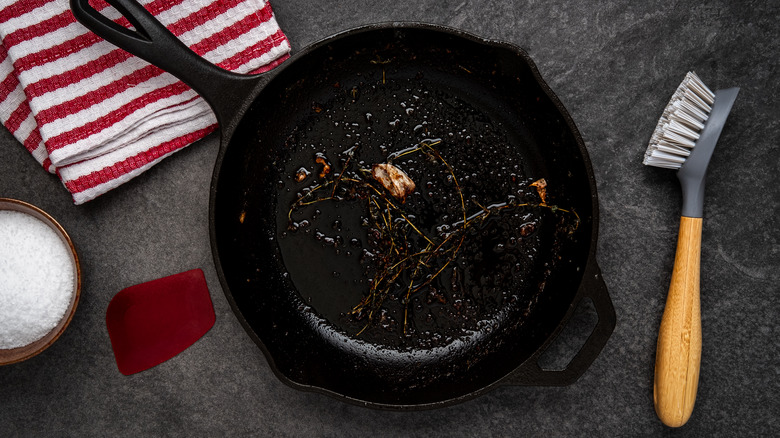
Prepping Your Enameled Cast Iron Skillet
Preparation can greatly impact your cooking experience. Follow these steps:
- Initial Wash: Rinse your skillet with warm water and a mild detergent before its first use, removing any factory residue.
- Drying: Make sure you properly dry your skillet to prevent rust development.
- Heat Treatment: Heat the skillet gradually to ensure even heat distribution, which prevents the enamel from cracking.

How to Use Your Enameled Cast Iron Skillet
Understanding the different cooking methods will help you maximize the skillets capabilities:
- Searing: Perfect for meats. Preheat your skillet on medium heat, add a dash of oil, and sear your meat for a crispy exterior.
- Braising: Ideal for tougher cuts of meat. Begin by searing, then add liquid and cover to allow it to cook slowly and tenderly.
- Sauting: Excellent for vegetables. Use medium-high heat, adding your veggies until theyre nicely caramelized.

Cooking Techniques for Enameled Cast Iron Skillet
Several techniques can bring out the best in your dishes when using an enameled cast iron skillet:
- Layering Ingredients: Add ingredients in stages, starting with those that require longer cooking times.
- Temperature Regulation: Frequently monitor your heat. Although cast iron retains heat, it can become too hot if left unattended.
- Deglazing: After searing, pour in a bit of broth or wine to lift the browned bits stuck on the skillet, adding depth to your dish.
Cleaning and Maintenance
Proper care extends the life of your enameled cast iron skillet:
- Prompt Cleaning: After use, let the skillet cool, and wash it with warm water and a sponge. Avoid harsh detergents and metal scrubbers.
- Storing: Store your skillet in a cool, dry place. Use a paper towel between stacked skillets to prevent scratching.
- Repairs: Small chips in the enamel can often be repaired, but it's essential to refer to the manufacturer's instructions.
Common Mistakes to Avoid
Here are some pitfalls to be mindful of:
- High Heat: Always use medium to medium-high heat. Excessive heat can damage the enamel.
- Forget to Preheat: Preheating ensures even cooking and prevents sticking.
- Cooking Acidic Foods: While some dishes may require it, prolonged exposure to acidic ingredients can erode the enamel.
Inspiration for Your Enameled Cast Iron Cooking
Here are some fantastic recipes to try in your enameled cast iron skillet:
FAQs About Using Enameled Cast Iron Skillet
1. Can I use my enameled cast iron skillet on an induction cooktop?
Yes, most enameled cast iron skillets are induction compatible, thanks to their ferrous core.
2. Is it safe to use metal utensils?
While it's often safe, using wooden or silicone utensils is recommended to preserve the enamel.
3. Does it require special seasoning?
No, one of the advantages of enameled cast iron is that it does not require seasoning like traditional cast iron.
As an Amazon Associate, I earn from qualifying purchases.

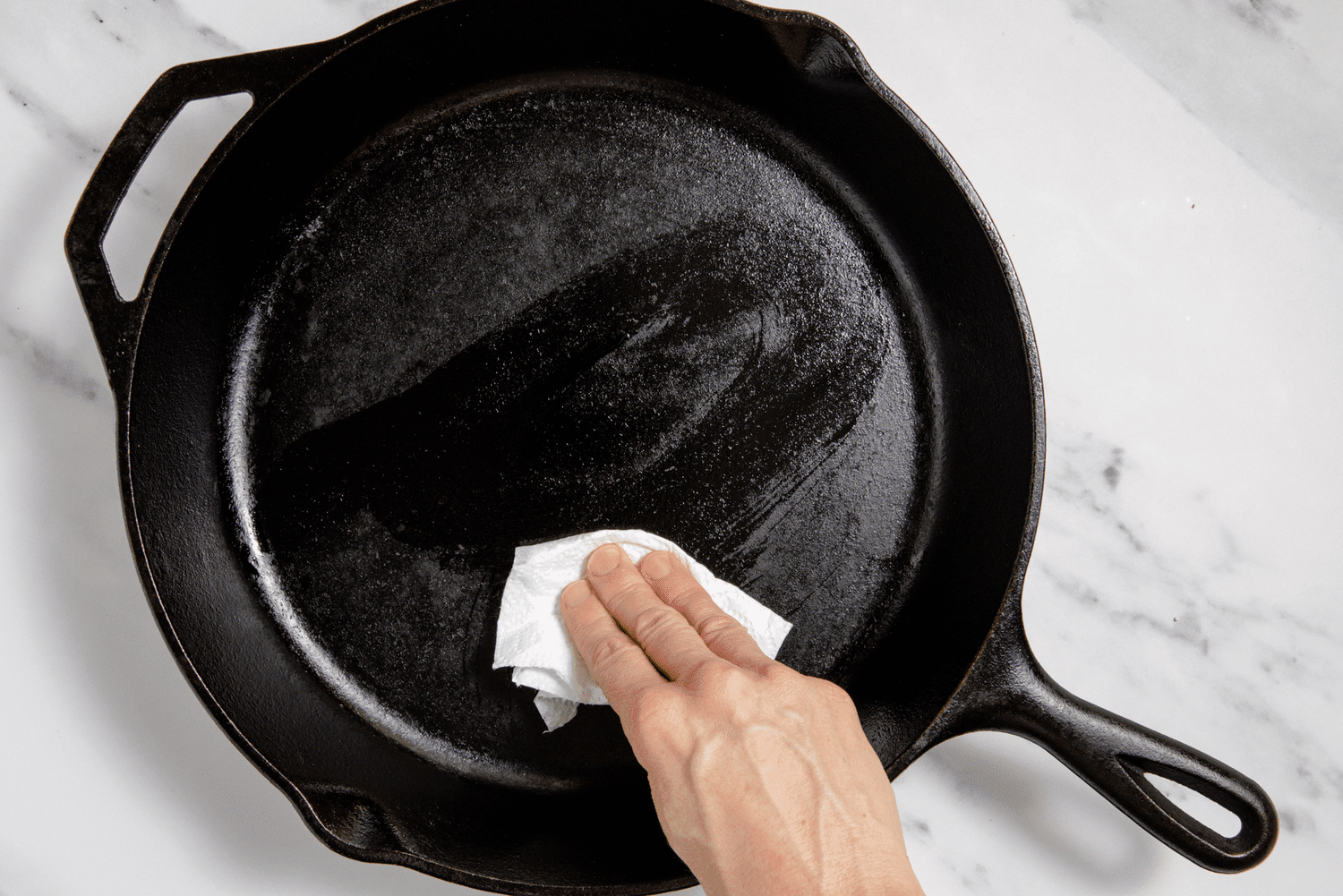


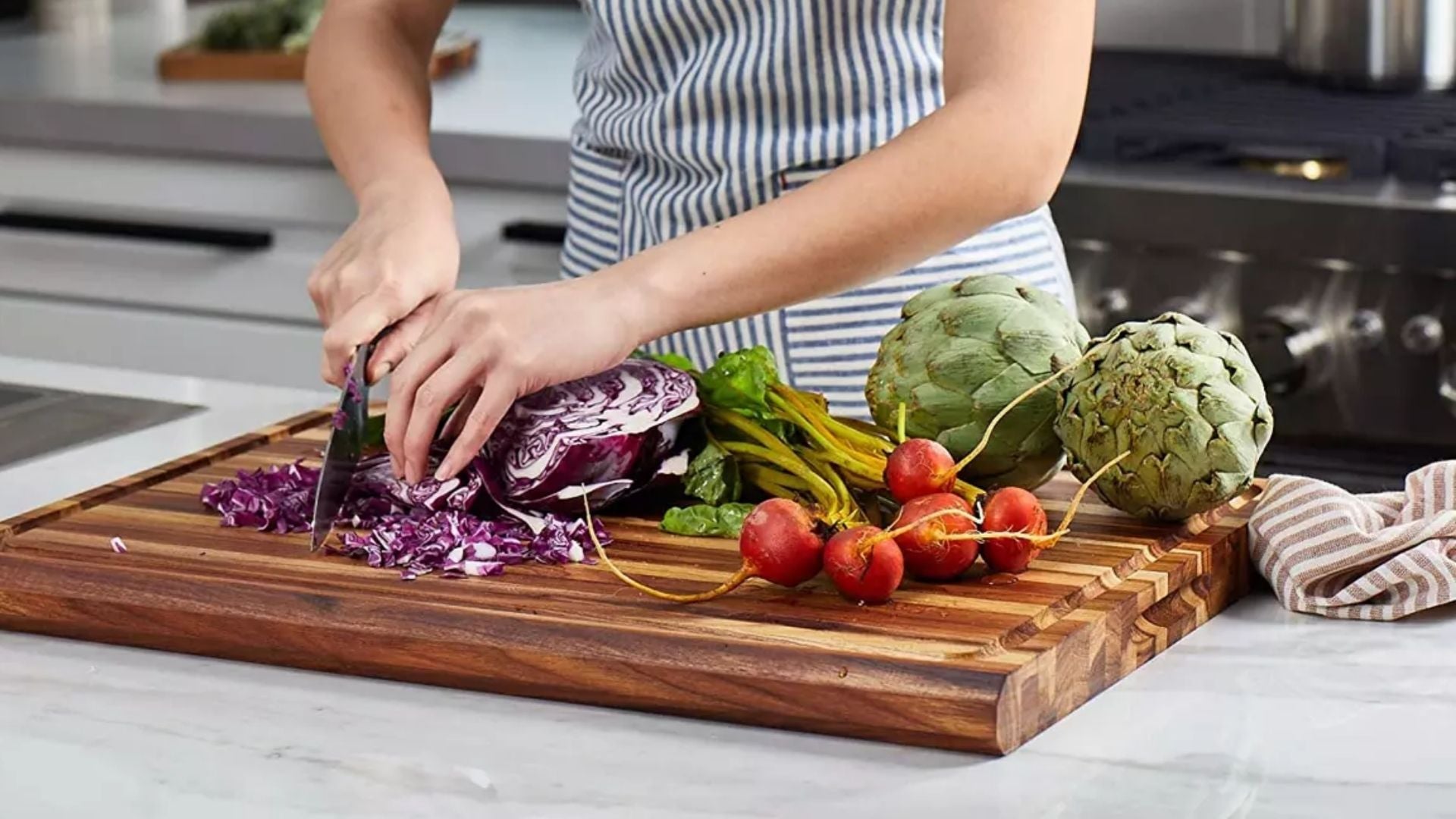
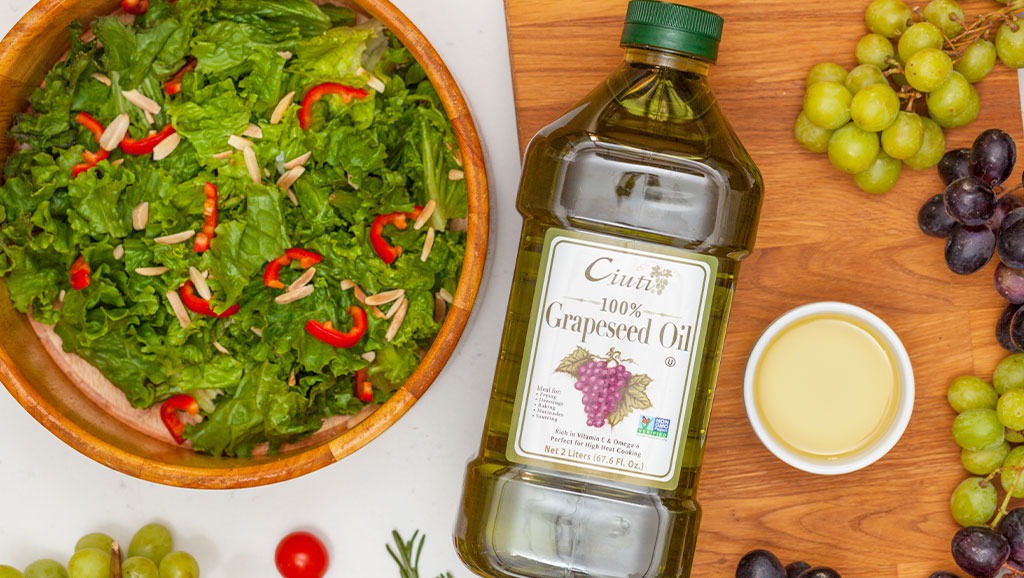
Leave a comment
This site is protected by hCaptcha and the hCaptcha Privacy Policy and Terms of Service apply.